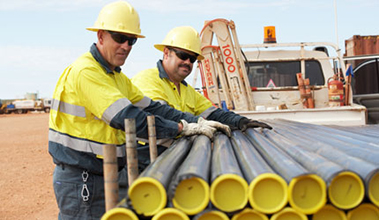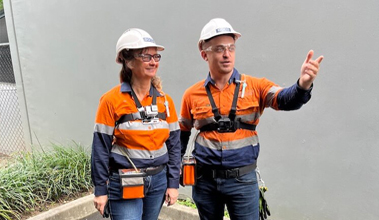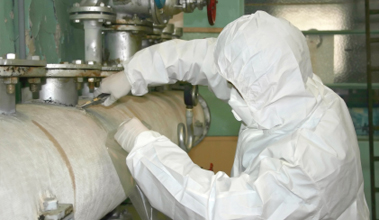
Intelligent Exposure Control.
The next generation software for real-time exposure monitoring and intelligent control management
As one of Australia's leading workplace health and occupational hygiene specialists, we help our clients keep their people safe. With over 15 years of operating experience, we have a proven track record of delivering tailored services that respond to our clients' needs. No matter the industry and no matter the circumstances.
GCG is a WHS specialist and occupational hygiene service provider with expertise across diverse industries, ranging from aerospace to mining to water and energy, to name a few. We are an Australian-owned and operated private company whose primarily focus is to help our valued clients create and maintain safe and healthy working environments for their people. Our strengths lie in working with clients to build strong relationships and practical ways to manage their health and safety.
Learn moreOur Workplace health and safety specialists have expertise across a diverse range of industries, from aerospace to mining, to water and energy, to name a few.

By using science and technology, we measure worker exposure, assess the risk and develop control strategies to improve the safety of a work environment and working conditions for those within it.

Our occupational hygiene team of over 40 consultants have skills in identifying, assessing and controlling hazardous materials. This team includes seven Certified Occupational Hygienists (COH) spread throughout Australia.


The next generation software for real-time exposure monitoring and intelligent control management
Stay up to date with the latest in WHS and occupational hygiene news.
[yikes-mailchimp form="1"]